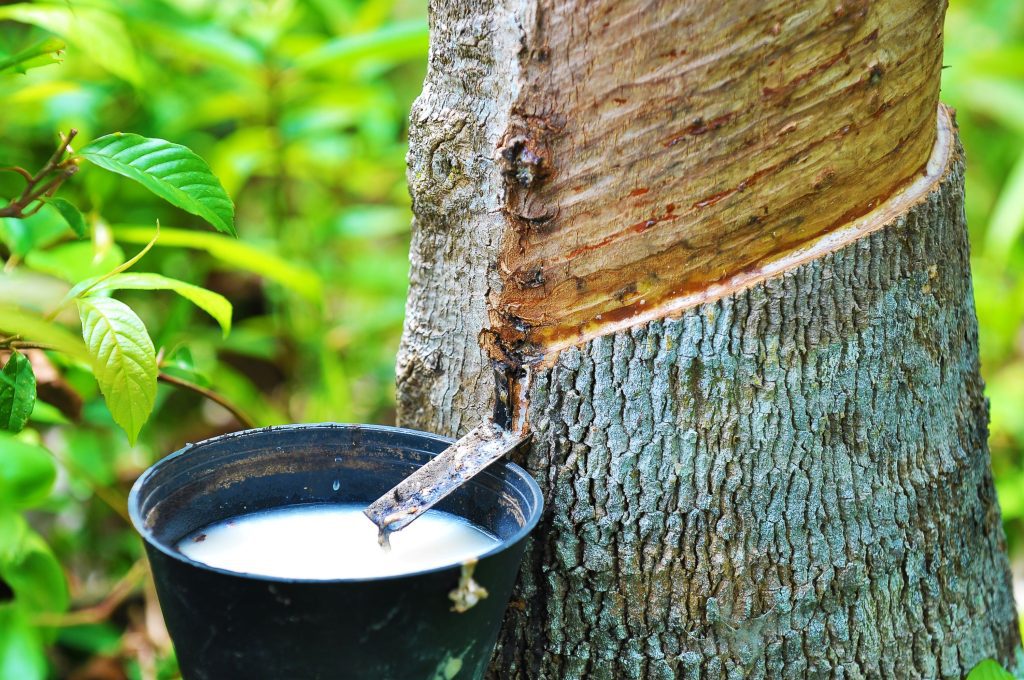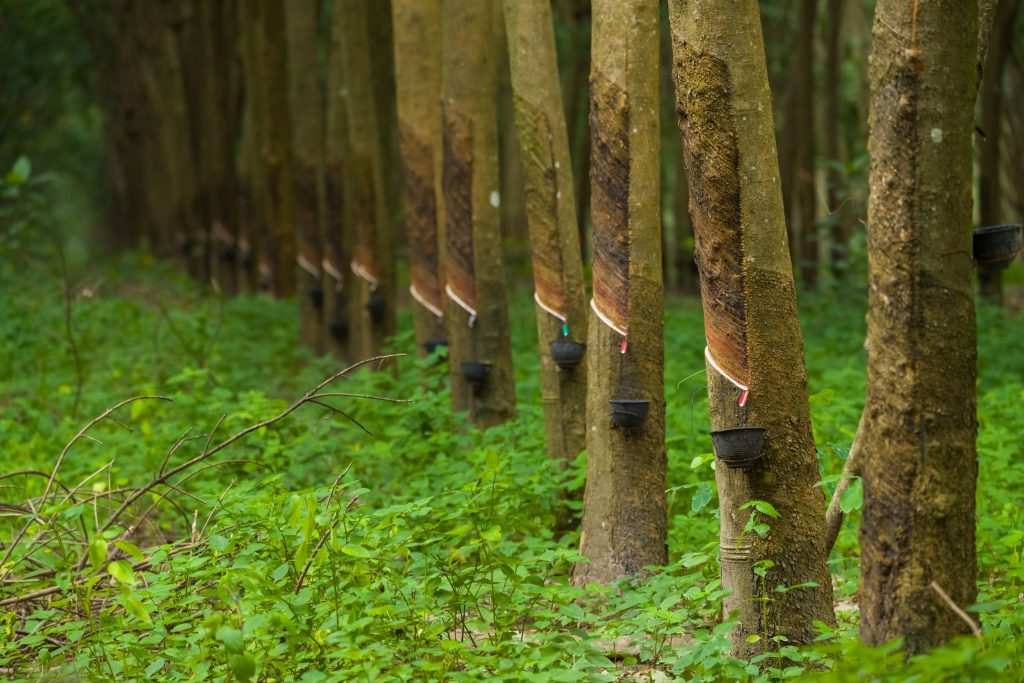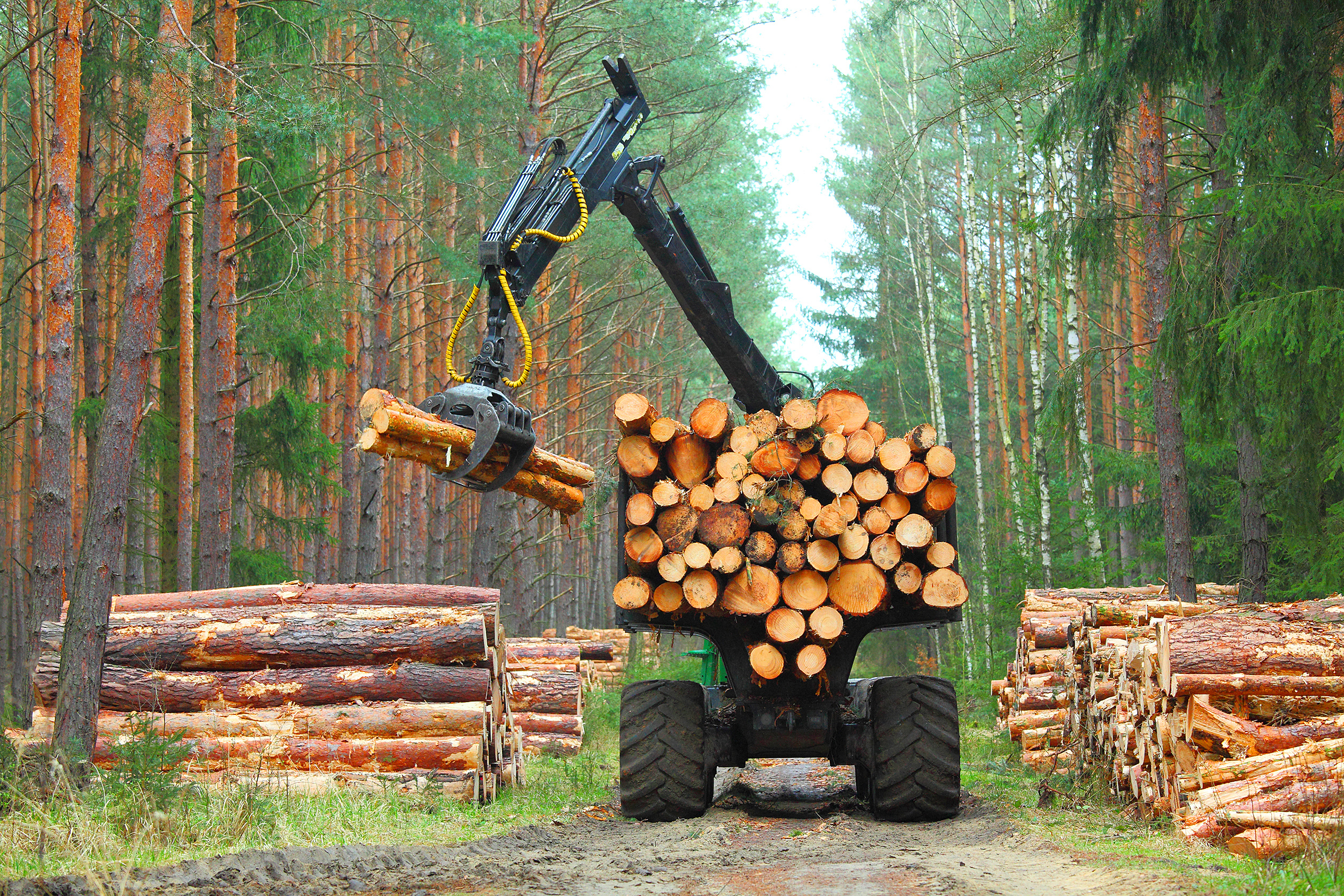Sustainable Rubber Races onto the World Stage

If you’re a Formula One fan, you’ll know that new seasons often bring updated circuits, technological advancements, and driver changes. However, one change that would’ve been harder to spot this year involves a small mark on each car’s tyres.
From the beginning of the 2024 season, every Pirelli tyre used in an F1 race includes a Forest Stewardship Council (FSC®) logo[1], signifying that they have all been constructed using sustainable rubber certified by FSC. This leap forward against the backdrop of Pirelli’s wider sustainability plans marks a significant milestone for motorsport and sends a clear message that sustainable practices in the sport are no longer “nice to have” but essential for complying with the rules.
The shift has prompted many other top tyre manufacturers to follow suit, which begs the question – why has sustainable rubber certification suddenly found itself in the spotlight?
In this article, we will explore the ongoing challenges of making rubber truly sustainable, the factors that have given rise to significant changes in the industry, and the certification options adopted and pursued by some of the world’s largest brands.

The Challenges of Making Rubber Production Sustainable
Rubber has been formed by tapping rubber tree bark and harvesting latex for centuries. Though it is an inherently “natural” process, the complexity of the industry’s supply chain and the influence of global markets have had an undeniable impact on the commodity’s sustainability.
One of the main challenges concerns traceability. Since 85% of the global supply of rubber comes from smallholder farmers[2], the supply chain is notoriously complex and unorganized. Combine this with intense competition between producers owing to a volatile global market price, and it’s understandable why promoting sustainable practices may have come second to merely surviving in such an aggressive market.
Though many producers have made efforts to offer a more sustainable product, the complexity and competitiveness of the industry means there have still been many occurrences of poor working conditions, human rights abuses, deforestation, and biodiversity loss.
With all that being said, several factors have converged in recent years to force the industry’s collective hand and make rubber production more sustainable. First and foremost, pressure from more eco-conscious and socially aware consumers has had an immeasurable impact on how global brands view sustainability. The drive to use sustainable products is no longer just about creating a unique selling point and a nice PR moment. Instead, creating a more sustainable product is viewed as a necessary risk mitigation measure to avoid negative press and boycotting, as well as a powerful tool for entering new markets and increasing revenue.
Since many of the brands that use rubber in their products have built reputations for being innovators, none of them want to be left behind when it comes to incorporating more sustainable materials into their products. In addition, Regulation (EU) 2023/1115 on deforestation-free products, otherwise known as EUDR, now places a legal obligation on commodity producers, including those manufacturing rubber, to take active steps to reduce deforestation and forest degradation if they want to sell their products within the EU.

Rubber Certification Options
One of the best ways for brands to showcase their sustainability efforts and ensure compliance with regulations is to become certified. From increasing global market access to adopting premium pricing to mitigating risk, certification has opened the door to commercial opportunities for many well-known brands, allowing them to enhance their brand image and ensure regulatory compliance.
The most widely regarded certifications relating to rubber production are owned by the Forest Stewardship Council (FSC). The Forest Management certification is available to forest owners and managers looking to certify their logging operations. In addition, manufacturers and suppliers can use the FSC’s Chain of Custody certification to highlight their commitment to traceability and show consumers that they only use rubber gathered from sustainably managed forests. Both certifications are globally recognized and have been adopted by brands from all over the world to add proof to their sustainability promise.
Another path to rubber certification involves the Programme for the Endorsement of Forest Certification (PEFC). The international not-for-profit offers a more localized standard that takes account of the specific nuances of the region and business it is dealing with to offer enhanced flexibility. Though more prevalent in the forestry and wood sectors, the PEFC certification has begun to gain traction in the rubber production market, and PEFC has a long history of attempting to combat deforestation – a key objective of the EU Regulation on Deforestation-Free Products (EUDR).
Take the Lead with Rubber Certification
By pursuing certifications such as FSC or PEFC, your organization could begin embracing new market opportunities and enhancing consumer trust.
Here to support you on your journey to certification, Control Union Certifications offers a comprehensive auditing service administered by experts across 80 worldwide offices. So, if you’re ready to kick your sustainability efforts up a gear and take your place as an innovative leader in the rubber production market, browse our certification services to get started.
Control Union Certifications B.V. is accredited to provide FSC certification services (License code FSC®A-000507)
References
[1] Forest Stewardship Council 2024, ‘FSC-certified Pirelli tyres debut at F1’, 29 February 2024 (accessed 27 August 2024) <https://fsc.org/en/newscentre/general-news/fsc-certified-pirelli-tyres-debut-at-f1>
[2] Global Platform for Sustainable Natural Rubber 2023, ‘GPSNR supports the inclusion of smallholder farmers in EU natural rubber supply chains, and affirms their customary and native land use rights’, 4 July 2023 (accessed 27 August 2024) <https://sustainablenaturalrubber.org/news-publications/gpsnr-supports-the-inclusion-of-smallholder-farmers-in-eu-natural-rubber-supply-chains-and-affirms-their-customary-and-native-land-use rights/#:~:text=Smallholder%20farmers%20are%20key%20stakeholders,sustainability%20of%20the%20value%20chain.>
EUDR
The new EU Deforestation Regulation (EUDR 2023/1115) aims to prevent deforestation and forest degradation, reduce carbon emissions on a global scale, and address the negative impacts of agricultural expansion. It requires most companies across the supply chain to be deforestation-free by 30 December 2024.
More information about the EUDR

How can we help you?
Can we help you with more specific information about our Testing, Inspection and/or Certification Services? Or maybe some advice in your language? Any other questions? Let us know and we will gladly help.